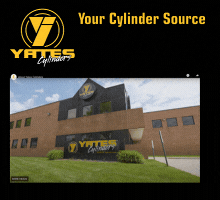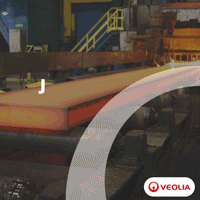ThyssenKrupp Steel Europe Supplies Materials for Landmark Building
07/07/2011 - The Heydar Aliyev Congress Center, designed by Zaha Hadid Architects, is currently being built in Baku, the capital of Azerbaijan, with an envelope made from more than 30,000 square meters of steel construction elements from ThyssenKrupp Steel Europe.
The Heydar Aliyev Congress Center, designed by Zaha Hadid Architects, is currently being built in Baku, the capital of Azerbaijan, with an envelope made from more than 30,000 square meters of steel construction elements from ThyssenKrupp Steel Europe.
ThyssenKrupp Steel Europe manufactures its steel construction elements in the Siegerland district in Germany. The 12-m-long and 1.5-mm-thick profiled sheets were first transported by truck to Istanbul. There the material was transshipped by Turkish distribution partner EMI INSAAT Ltd., responsible for the logistics of the project, and delivered to Baku, again by truck.
Once on site, the elements were cut into 3-m-long pieces and mounted on a lattice-like steel support structure. The trapezoidal profiles supplied by ThyssenKrupp Steel Europe have a profile depth of 100 mm. The galvanized steel is coated with polyester in RAL 9002 gray-white. The high-quality profiles are distinguished by consistent coating thickness and hardness, long life, and a high degree of weathering resistance, the company claims.
The capital of the oil- and gas-rich republic is building a 57,519-square-meter building that will house a conference area with three auditoriums, a museum, and a library. Named after the predecessor and father of today’s president of Azerbaijan and situated close to the city center, the building is expected to play a pivotal role in the cultural and intellectual life of the city on the Caspian Sea.
The building’s design is about motion and flux; there are no right angles or straight lines in its envelope, but rather arcs and curves. According to architect Zaha Hadid on her website, the fluid form emerges from the folding of the landscape’s natural topography and the wrapping of individual functions of the Center. The functions are represented by folds in a single continuous surface, she explained.



-(220-x-200-px)-(130-x-130-px)-(220-x-200-px).jpg?lang=en-US&ext=.jpg)
Veolia.gif?width=200&height=200&mediaprotectionhash=4deca34a0d5a00013b5a0ccdc2dcf98fd2c17aabb57eb7bbb27200552f29c247&ext=.gif)





